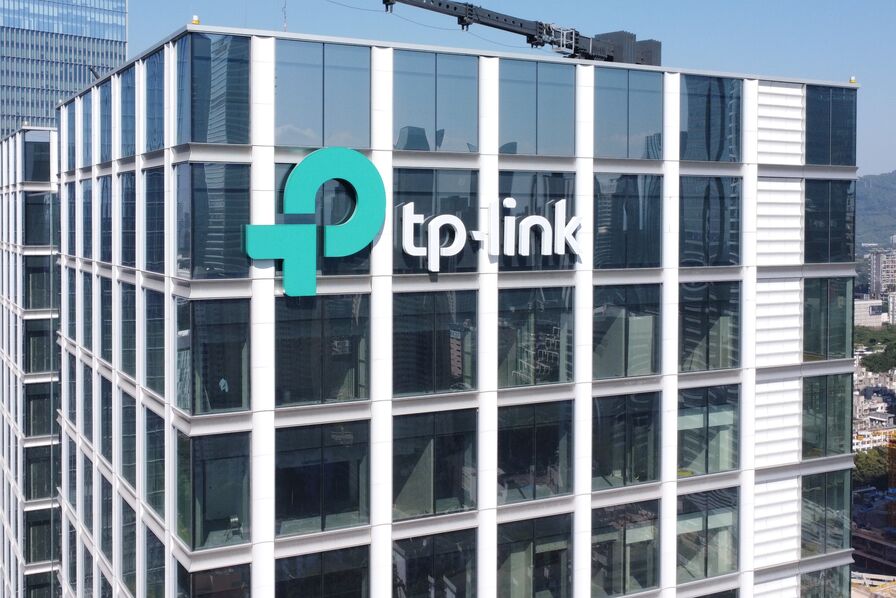The race to Industry 4.0 and accelerated adoption of digital automation are pressure testing organizations across industries. It is becoming increasingly matter-of-fact that an enterprise’s ability to leverage data is a key source of competitive advantage—this principle especially holds true when it comes to building and maintaining computer vision applications. Visual automation models are powered by images and videos that capture a digital representation of our physical world. In most enterprises, media is captured across multiple sensor edge devices and lives in siloed source systems, making the integration of media across environments a core challenge that needs to be solved when building a computer vision system that seeks to automate visual inspection.
Media becomes even more important in a world where model architectures (the code that builds up the neural networks on which an AI model is trained) are increasingly commoditized and stable. So there is less of a focus on tweaking the code to optimize performance and, instead, a larger emphasis on training an industry-standard model with your unique media to teach it how to best serve your application. In a data-centric approach to computer vision model development, organizations must continually train models on new ground truth data to protect against domain and data drift. Thus, both large and small computer vision vendors must ensure that organizations can continuously bring together media at scale in a programmatic way. Below, we’ll explore a few areas that we feel are essential when assessing data management solutions for computer vision.
Mots-clés : cybersécurité, sécurité informatique, protection des données, menaces cybernétiques, veille cyber, analyse de vulnérabilités, sécurité des réseaux, cyberattaques, conformité RGPD, NIS2, DORA, PCIDSS, DEVSECOPS, eSANTE, intelligence artificielle, IA en cybersécurité, apprentissage automatique, deep learning, algorithmes de sécurité, détection des anomalies, systèmes intelligents, automatisation de la sécurité, IA pour la prévention des cyberattaques.






